10 Best Herbal Linctuses For Fever
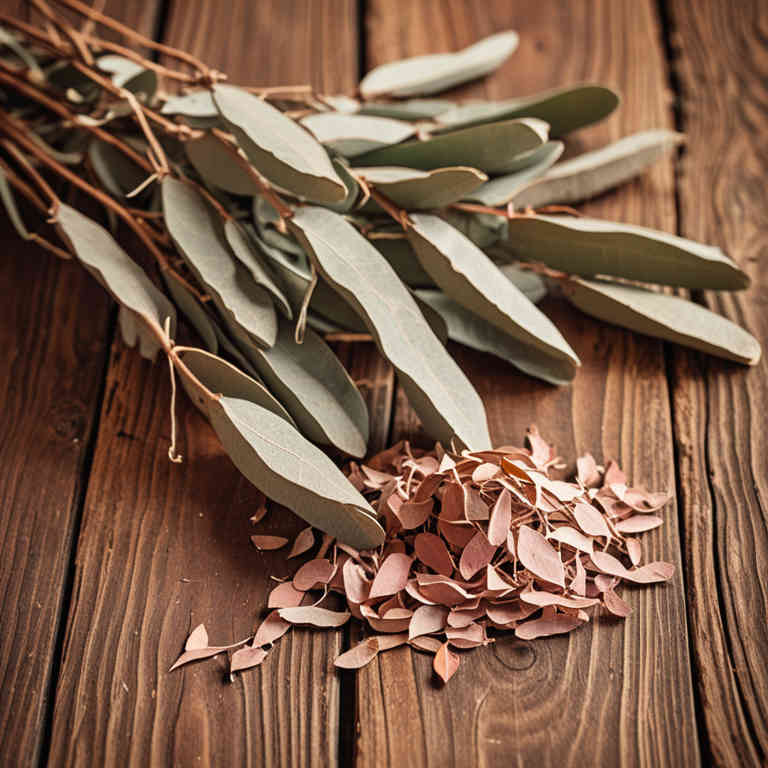
Herbal linctuses are traditional remedies often used to alleviate symptoms associated with fever, particularly in children.
These formulations typically contain natural ingredients such as willow bark, echinacea, or ginger, which are believed to have mild antipyretic and anti-inflammatory properties. While they may provide some comfort by soothing the throat and reducing coughing, they are not a substitute for conventional fever-reducing medications like acetaminophen or ibuprofen. Herbal linctuses are generally considered safe when used as directed, but their effectiveness can vary, and it is important to consult a healthcare provider before use, especially for infants or individuals with known allergies.
Overall, they offer a gentle, natural alternative for managing fever symptoms in certain cases.
FREE Herb Drying Checklist
How to make sure every batch retains maximum flavor, color, and aroma without the risk of mold or over-drying. Eliminate guesswork and trial-and-error, making herb drying faster, easier, and more efficient every time.
Table of Contents
1. Zingiber officinale
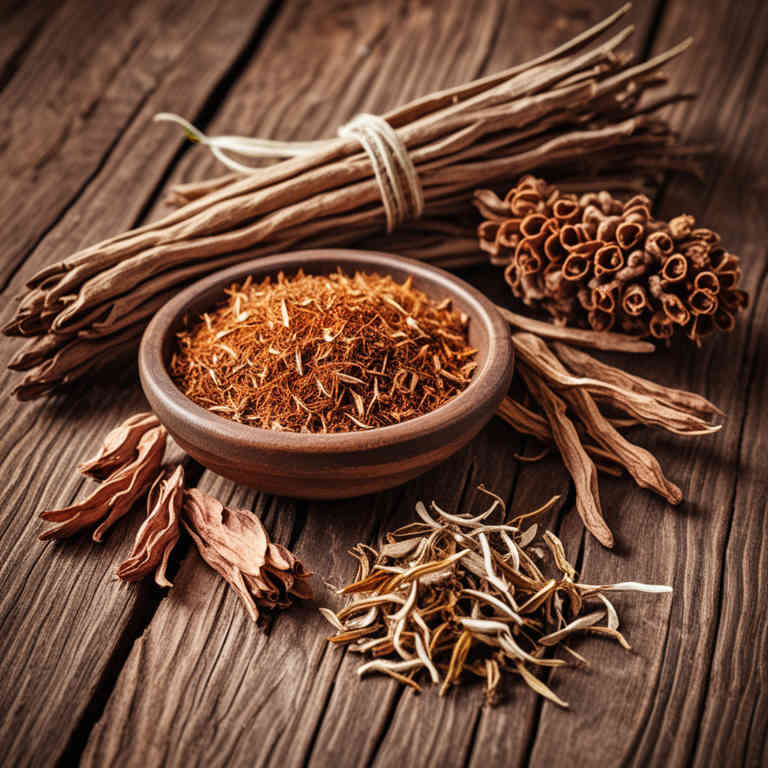
Zingiber officinale, commonly known as ginger, has been traditionally used in herbal linctuses to help alleviate symptoms associated with fever.
These linctuses typically contain concentrated ginger extracts that may help reduce inflammation and soothe the throat, making them useful for fever-related coughs and sore throats. While ginger is generally considered safe for most people, its effectiveness in reducing fever itself is not well-supported by clinical studies. Some anecdotal evidence suggests that ginger may help lower body temperature by promoting sweating and improving circulation.
However, it is important to consult a healthcare professional before using ginger linctuses, especially for children or individuals with underlying health conditions.
2. Mentha piperita
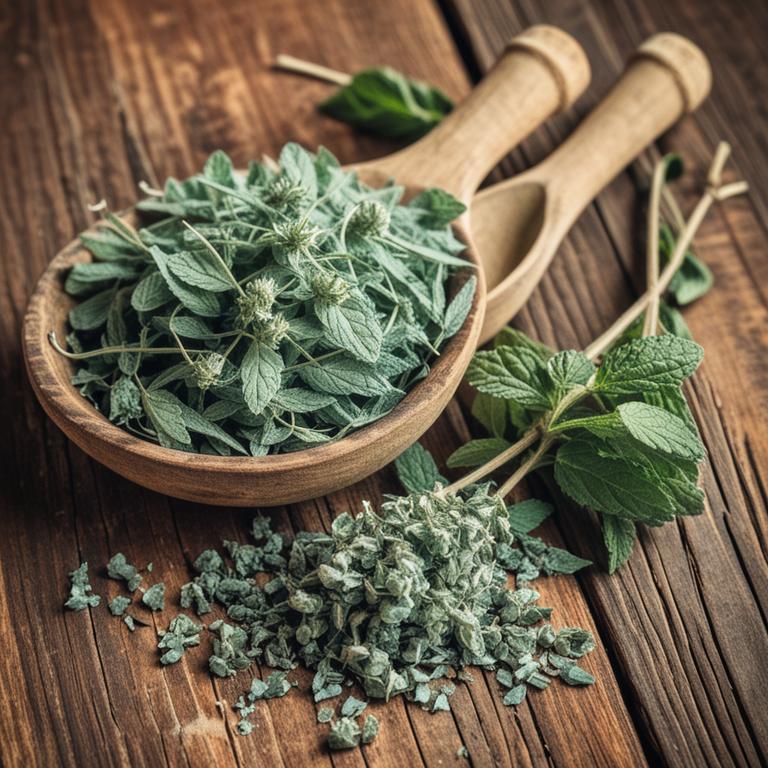
Mentha piperita, commonly known as peppermint, is often used in herbal linctuses to help alleviate symptoms associated with fever.
These linctuses typically contain menthol, which has a cooling effect and can help reduce throat irritation and soothe coughing. While peppermint is not a direct antipyretic, it may support the body's natural healing process by promoting relaxation and improving respiratory function. The menthol in these linctuses can also help open up airways, making it easier to breathe during a feverish illness.
However, it is important to consult a healthcare professional before using peppermint linctuses, especially in children or individuals with certain medical conditions.
3. Thymus vulgaris
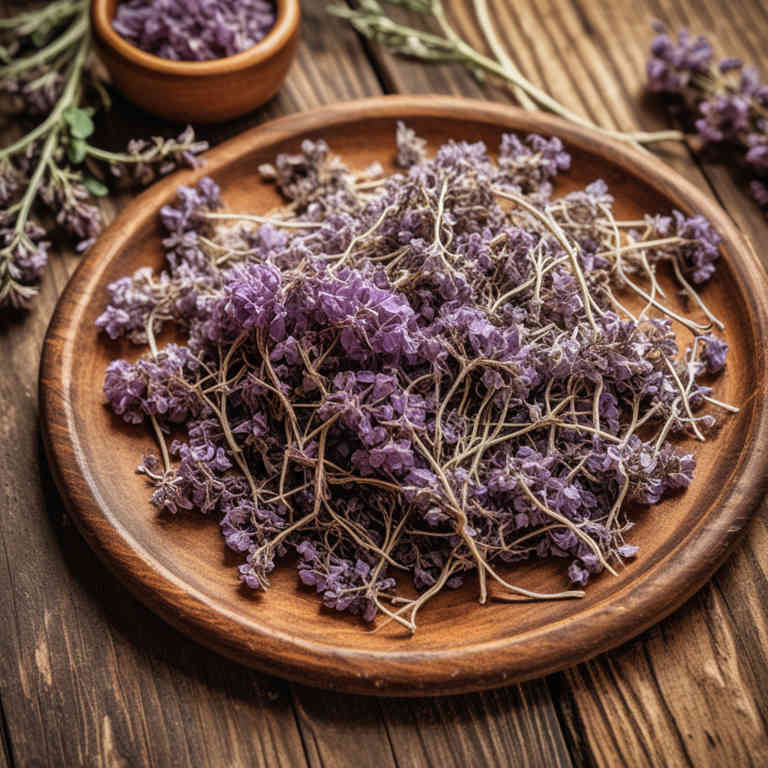
Thymus vulgaris, commonly known as thyme, is often used in herbal linctuses to help alleviate symptoms associated with fever.
These linctuses typically contain a concentrated extract of thyme, which is rich in essential oils like thymol, known for its antimicrobial and antiseptic properties. The warming and expectorant effects of thyme can help reduce congestion and ease breathing, which is particularly beneficial during fevers accompanied by coughing. While thyme linctuses are not a substitute for medical treatment, they may provide symptomatic relief and support the body's natural healing process.
It is important to consult a healthcare professional before using herbal remedies, especially for children or individuals with chronic health conditions.
4. Rosmarinus officinalis
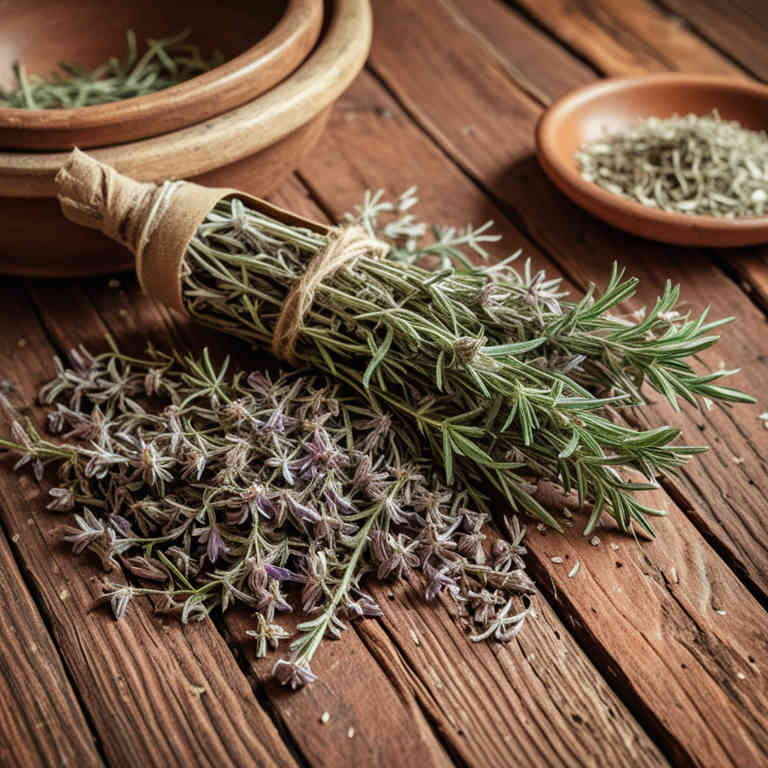
Rosmarinus officinalis, commonly known as rosemary, is a medicinal herb traditionally used in the preparation of herbal linctuses for fever.
These linctuses are formulated to provide soothing relief and may help reduce body temperature through their antipyretic properties. The essential oils in rosemary, such as cineole and camphor, are believed to have cooling and anti-inflammatory effects that support the body's natural healing processes. While not a substitute for conventional fever remedies, rosemary linctuses are often used in traditional medicine to alleviate symptoms and promote comfort.
However, it is important to consult a healthcare professional before using herbal treatments, especially for prolonged or high fevers.
5. Glycyrrhiza glabra

Glycyrrhiza glabra, commonly known as licorice root, has been traditionally used in herbal medicine for its soothing and anti-inflammatory properties.
When formulated into linctuses, it can help alleviate symptoms associated with coughing and throat irritation, which are often accompanied by fever. The active compounds in licorice, such as glycyrrhizin and flavonoids, may help reduce inflammation and support the body's immune response. While licorice linctuses are not a direct treatment for fever, they can provide symptomatic relief and support overall respiratory health during febrile illnesses.
However, prolonged use should be cautious due to potential side effects, including fluid retention and hypertension.
6. Echinacea purpurea

Echinacea purpurea, commonly known as purple coneflower, is a popular herbal remedy traditionally used to support the immune system.
While it is often recommended for preventing or reducing the duration of colds, its use in treating fever is less well-documented. Some herbal linctuses containing echinacea may be used to alleviate symptoms associated with fever, such as sore throat or cough, though they are not typically intended as a primary treatment for high body temperature. The effectiveness of echinacea in reducing fever remains inconclusive, with limited scientific evidence supporting its use for this specific purpose.
As with any herbal remedy, it is advisable to consult a healthcare professional before using echinacea, especially for children or individuals with underlying health conditions.
7. Salvia officinalis

Salvia officinalis, commonly known as sage, has been traditionally used in herbal medicine for its potential therapeutic properties.
Herbal linctuses containing sage are often prepared as a soothing syrup or gargle to alleviate symptoms associated with fever, such as sore throat and inflammation. Sage contains compounds like thujone and flavonoids, which may help reduce inflammation and support the body's natural defenses. While some studies suggest that sage may have mild antipyretic effects, more research is needed to confirm its efficacy in treating fever specifically.
As with any herbal remedy, it is advisable to consult a healthcare professional before use, especially for children or individuals with underlying health conditions.
8. Eucalyptus globulus

Eucalyptus globulus, commonly known as the Australian eucalyptus, is often used in herbal linctuses for its purported ability to reduce fever.
These linctuses typically contain extracts of the plant's leaves, which are believed to have antipyretic properties. While some traditional remedies suggest that eucalyptus globulus can help lower body temperature, scientific evidence supporting its effectiveness for fever is limited. The essential oils in eucalyptus may help soothe respiratory symptoms associated with fever, but they are not a substitute for conventional fever-reducing medications.
It is important to consult a healthcare professional before using herbal linctuses, especially for children or individuals with underlying health conditions.
9. Cinnamomum verum
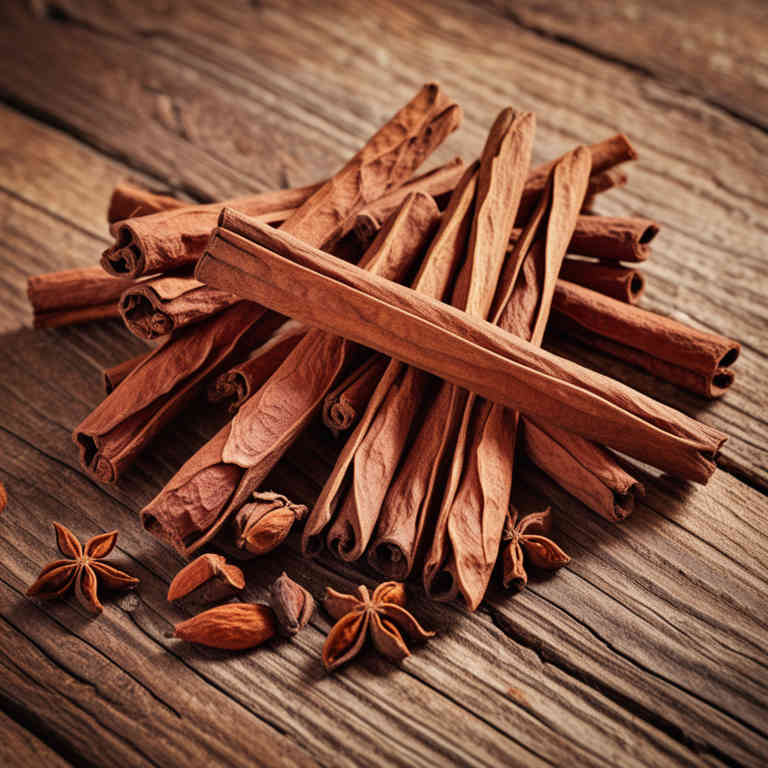
Cinnamomum verum, commonly known as true cinnamon, has been traditionally used in herbal medicine for its warming and soothing properties.
While it is not typically recommended as a primary treatment for fever, some herbal linctuses containing cinnamon may be used to help alleviate symptoms such as sore throat or congestion that often accompany fever. These linctuses are usually prepared with a base of honey or glycerin, which can provide a soothing effect on the throat and aid in expectoration. However, it is important to note that cinnamon should not replace conventional fever-reducing medications like paracetamol or ibuprofen.
Always consult a healthcare professional before using any herbal remedy, especially for children or individuals with chronic health conditions.
10. Petroselinum crispum

Petroselinum crispum, commonly known as parsley, has been traditionally used in herbal medicine for its potential therapeutic properties, including its ability to help reduce fever.
The linctus, or herbal syrup, made from parsley is believed to support the body's natural processes in fighting infections and lowering body temperature. It is often prepared by combining fresh or dried parsley with honey or other natural sweeteners to create a soothing and palatable remedy. While not a substitute for conventional fever-reducing medications, parsley linctus may offer gentle supportive care for mild fevers.
However, it is important to consult with a healthcare professional before using it, especially for children or individuals with known allergies or medical conditions.